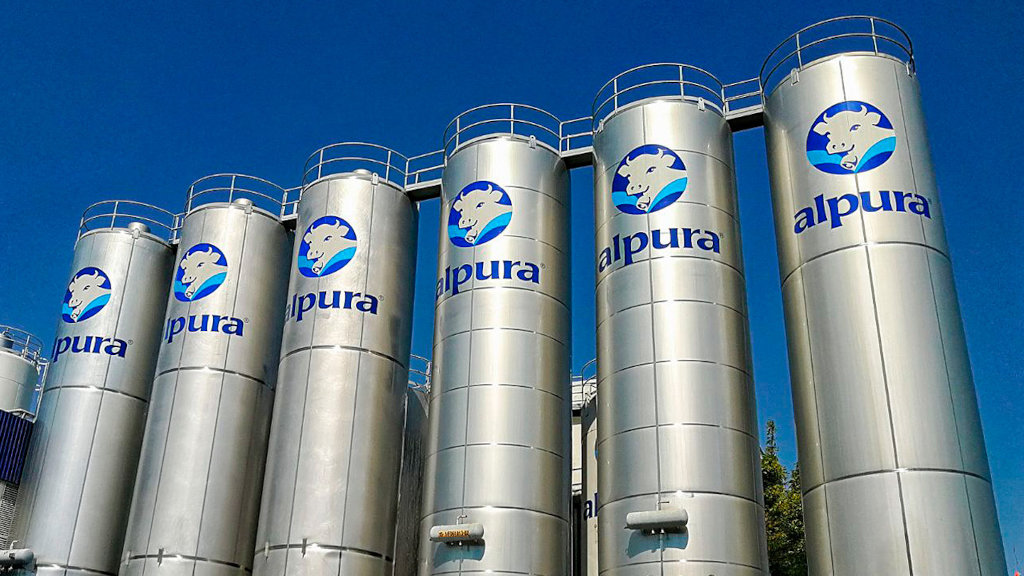ALPURA is one of the five most important dairy companies in Mexico. It has a portfolio of more than 200 products that it manufactures in its three plants. ALPURA sells more than 100 million kiloliters of dairy products monthly.
3
Plants
5
Product Families
200+
SKUs
150+
Dairy production ranches
100 million+
Milk production
For this dairy giant, we developed the “Milk Balance” - a comprehensive Production Planning solution.
The Challenge
In the words of Ricardo Cueto, Head of Business Planning and Optimization, the main challenge that Alpura faced was:
“The need to automate data analysis processes and other procedures to answer a fundamental question: What are the constraints on our milk supply in the short to medium term?"
The Solution
Milk Balance was developed as a solution to the problem. To provide a solution to this ALPURA requirement we developed a tool that solved the two central concerns raised:
- Short-term Milk Balance: this process aims to compare the requirements with the availability of milk for each production plant, with a horizon of two weeks, with daily openings.
- Medium-Term Milk Balance: whose purpose is to compare the requirements with the availability of milk in each production plant, but with a horizon of three months, with weekly openings. To this end, we developed two sub-processes: Preliminary Production Plan and Milk Requirement and Use Planning, both in the Medium Term.
"The team developed a flexible solution in Pyplan, capable of collecting data, performing complex calculations, allowing teams to collaborate and analyze information, adapting to our universe of data and data processes. The Milk Production and Balance Planning tool has allowed us to conduct these processes efficiently by answering the key question and using all our data in depth.“
Ricardo Cueto, Head of Business Planning and Optimization
Benefits Achieved
- Improved forecasting and planning of resource needs: inputs, personnel or investments in production line capacity.
- Optimization of production, identifying possible bottlenecks in the process in advance.
- Alignment between production and demand, optimizing the level of stocks, avoiding shortages or loss of sales.
- Automation of different processes that represented a saving of up to 75% of the time spent in the execution of operational tasks.


